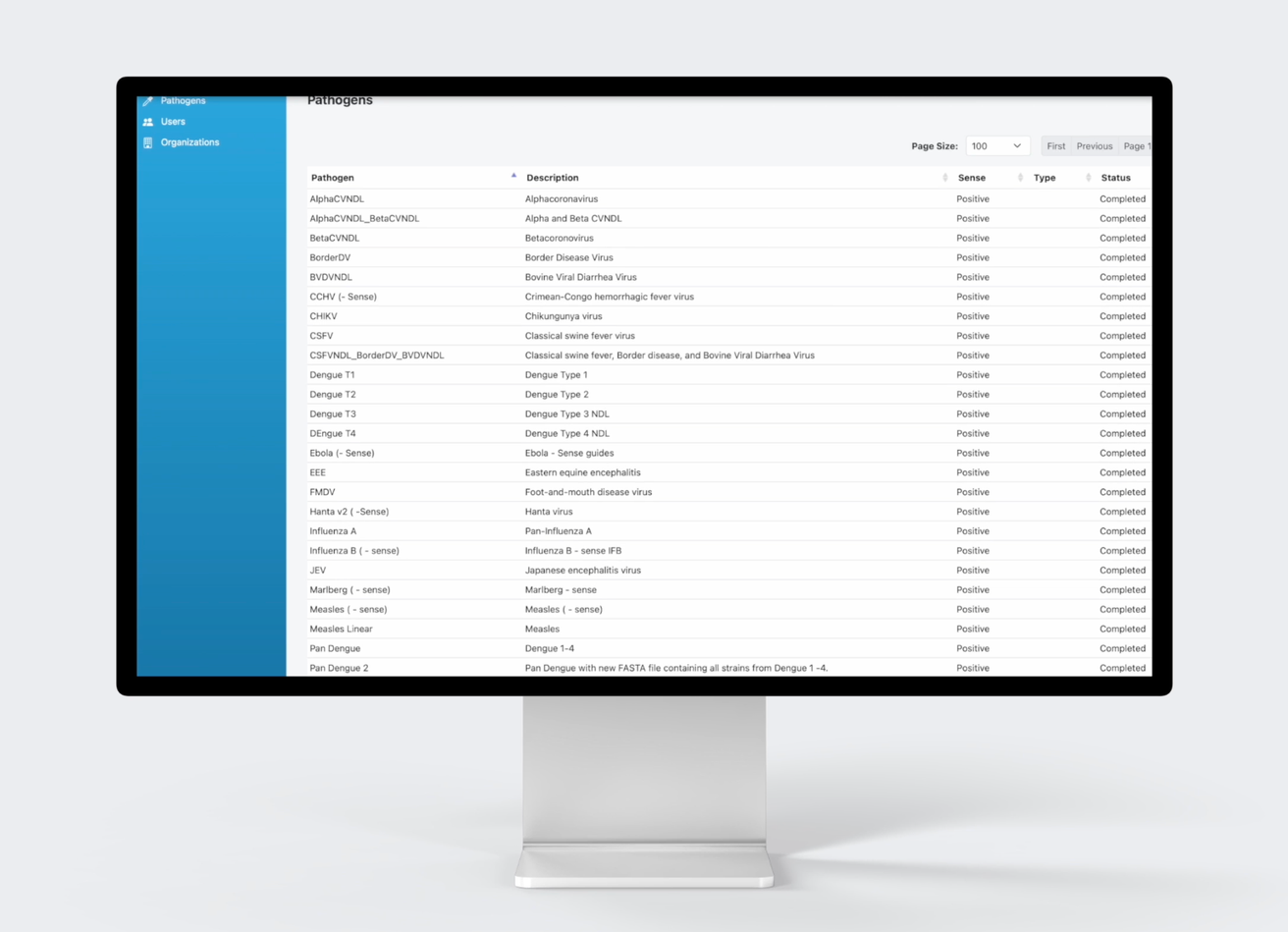

As Measles Surges, Salt Lake Biotech Maps Viral Weak Points with AI
Using its proprietary BioSeeker™ system, Seek Labs has scanned thousands of measles virus genomes to identify stable, conserved regions that are essential for viral replication. These regions form a “blueprint” for a programmable therapeutic, designed to shut down the virus with precision and resilience against resistance.
“This is exactly why we built BioSeeker; to deliver smarter, faster weapons against viral diseases that still lack effective treatments,” said Jared Bauer, CEO of Seek Labs. “There are no targeted therapeutics for measles once infection occurs. With BioSeeker, we can now design a precision treatment that shuts down the virus at its source, unlocking a powerful new paradigm for global health.”

A National Outbreak Puts Pressure on Public Health
The announcement lands as the U.S. faces a steep rise in measles cases. As of early July 2025, the CDC has reported 1,267 confirmed cases across 38 states—the highest national total since 1990. The largest outbreak is centered in West Texas, where over 750 cases have overwhelmed local hospitals and resulted in multiple fatalities. Other states—including New Mexico, Kansas, and now Utah—have seen smaller but growing clusters.
On June 20, Utah confirmed its first measles case of the year, an unvaccinated adult in Utah County with no travel exposure—an indication of local community spread. The total number of cases in the state has since risen to nine, and public health officials are monitoring additional exposures across the Salt Lake Valley.
Measles is among the most contagious human viruses and can lead to severe complications, including pneumonia, brain inflammation, and death. National MMR vaccination rates have declined in recent years, falling below the 95% threshold needed for herd immunity in many areas.
CRISPR-Based Therapeutics—Ready for a Partner
The company's Programmable Target Ablation Platform (PTAP™) uses guide sequences generated by BioSeeker to direct CRISPR systems to critical replication sites within the virus. Once inside, the CRISPR machinery irreversibly cleaves those regions—disabling the virus and preventing its spread in host cells.
While Seek Labs is not advancing this candidate in-house, it will make its complete BioSeeker-generated measles guide set available to qualified partners and is actively seeking collaborators to accelerate preclinical development.

“We’ve done the foundational work and now we’re inviting bold partners to help turn it into a breakthrough,” said Kim Wirthlin, Chief Strategy Officer. “This is a first-of-its-kind opportunity to co-develop a targeted antiviral for measles and reshape how the world responds to this disease.”
Seek Labs says the complete BioSeeker-designed guide set for measles is now available to qualified partners and is being made freely accessible to those who can rapidly pursue preclinical testing. The company points to limited commercial incentives as a barrier for small firms to fully advance such therapeutics alone.

A Broader Strategy for Viral Threats
The measles project is part of Seek Labs’ Global Disease Atlas initiative, a larger effort to map conserved viral targets across high-burden pathogens in both human and animal health. The company says the Atlas will cover more than 95% of known viral threats, enabling faster development of programmable diagnostics and therapeutics.
By pre-mapping genomic vulnerabilities, Seek Labs aims to cut response times dramatically—offering a scalable framework for outbreak response, biodefense, and pandemic preparedness.
Looking Ahead
With the current measles outbreak continuing to grow—and vaccine coverage still uneven—Seek Labs’ offer to share its AI-generated target maps could provide a useful starting point for academic or pharmaceutical partners. While no timeline exists yet for clinical trials, the company says the tools are ready for testing.
For more information, check out seeklabs.com.

